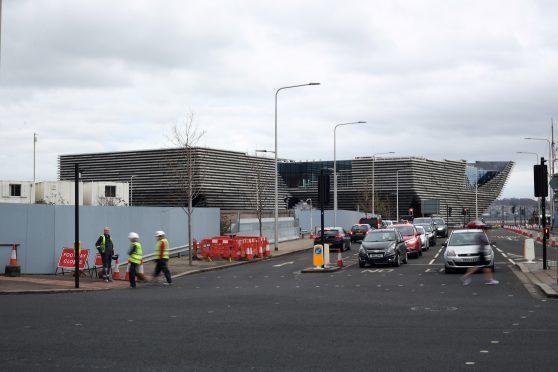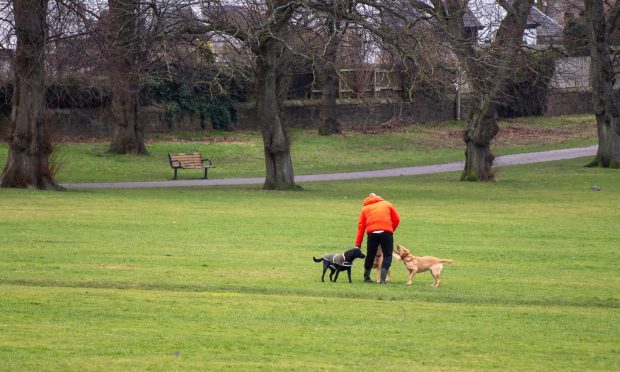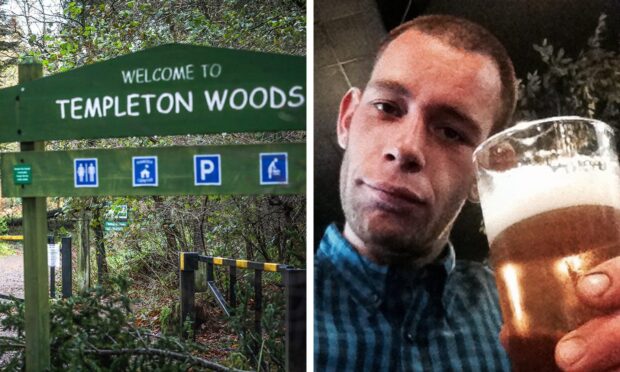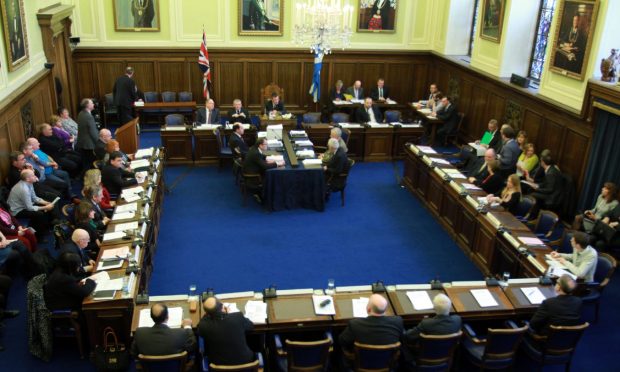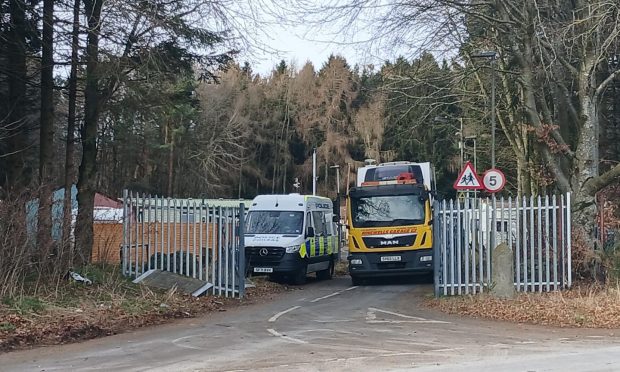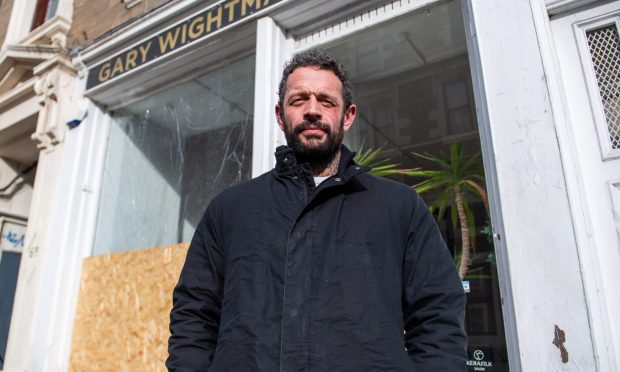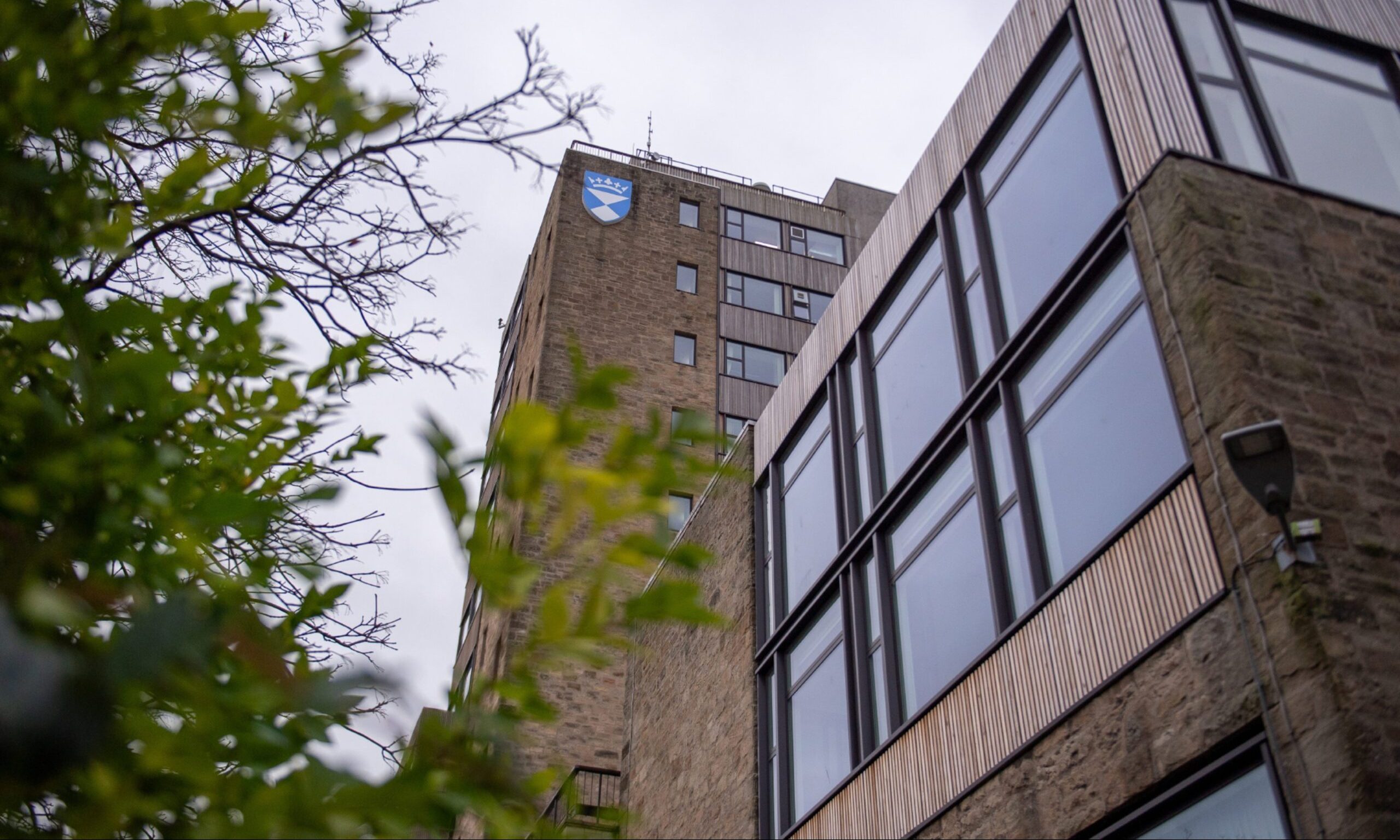Dundee has the lowest level of people in work in Scotland, according to the latest statistics published by the Scottish Government.
The Annual Population Survey, which covers the year up to September 30 2017, shows just under two-thirds, 65.1%, of the city’s labour force is currently employed, the lowest of all 32 local authority areas and 8.8% lower than the average across Scotland.
So called “economic inactivity” meanwhile has gone up by 7% in Dundee since 2008 — the biggest increase of any area.
Since last year, economic inactivity has increased by 3.8%, second only to Angus, which has experienced a 4% increase.
Employment rates and economic inactivity in Fife are in line with the Scottish average while Perth and Kinross fairs better than average in both areas.
Michael Marra, Labour councillor for the Lochee area of Dundee, said the figures showed the council’s policies were not providing for the less well-off.
He said: “The kind of economy we have is not delivering for people.
“This is why Scottish Labour locally have campaigned for decommissioning jobs and a working river that provides employment for people whose skills are currently redundant.
“The Tay Cities Deal must deliver those industrial jobs.”
Chris Law, SNP MP for for Dundee West, pointed to the new Scottish Social Security HQ which is to be based in Dundee and an increase in youth employment and female employment as examples of a “bright” future for the city.
He said: “Myself and colleagues in Westminster, Holyrood and in the City Chambers in Dundee are working hard to bring more jobs to the city and the recent announcement that the new Scottish Social Security HQ is to be based in Dundee and will bring 750 jobs is proof that the outlook for the city looks bright.
“On the upside for employment the latest figures also show youth employment in the city is up by around 6% and female employment in the city is up by over 2%. So I personally am very optimistic for the future of our city.”
Conservative North East region MSP Bill Bowman added: “Dundee and the wider Tayside area is on the brink of a cultural and financial renaissance.
“But there is still a spectre of rising unemployment which blight the lives of thousands of everyday Dundonians.
“The SNP Government and council must do more to attract employers, rather than force people to look further afield for work.”
Dundee Labour’s city development spokesperson, councillor Richard McCready said: “These figures demonstrate the need for the Tay Cities Deal to deliver real change in terms of jobs.
“We know that the statistics are slightly skewed by Dundee having a high proportion of students but they are still a call to action.’
“If we are to be bold and ambitious for our city then we must do all that we can to deliver jobs for Dundee. We have been clear to the council administration and to the Scottish and UK governments that we will work with them to deliver jobs for Dundee.”
On the high rate of economic inactivity in Angus, Mairi Gougeon MSP said: “This is obviously disappointing news but what I’m really interested in is why this is the case and drilling down into these figures to see if and why there is a bigger issue in Angus than any other local authority.
“That is why I will be seeking a meeting with the Minister for Employability and Training Jamie Hepburn to see what can be done to tackle this.”
City Development Convener Lynne Short insisted the city was looking to its long-term future.
“The economy in Dundee faces real challenges, which we are not afraid to face,” she said.
“Our aim is to create a more diverse economy and we are continuing to work with key partners across the city to increase employment opportunities across a number of different sectors in the city.
“Despite having a large student population, who are generally considered to economically inactive, we have managed to increase the number of young people in employment which is good to see.
“Dundee is on a journey to drive employment and economic activity in the city, we must not focus on the short term, but 10, 15 and 20 years down the line.”
